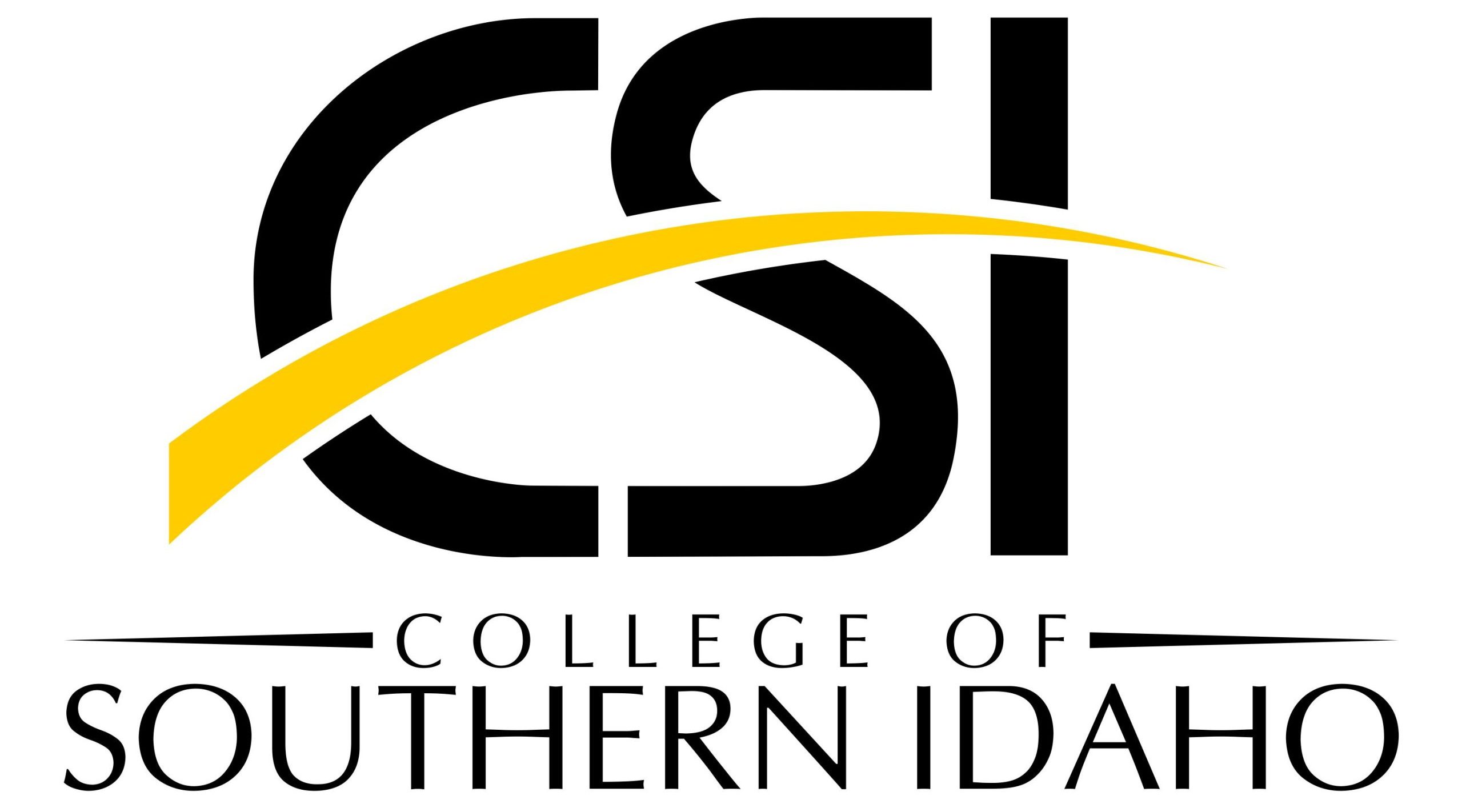6 Understanding DDC Call Numbers
The Dewey Decimal Classification (DDC) was created by Melvil Dewey in 1873 and is still used by libraries today to organize their collections. The DDC strives to assign all the knowledge in the world to 10 different topical areas organized by number so that each range of numbers (starting with 000–099) is assigned a broad topic area. Below is an outline of these topics.
000–099: Computer Science, Information and General Works
100–199: Philosophy and Psychology
200–299: Religion
300–399: Social Sciences
400–499: Languages
500–599: Science
600–699: Technology
700–799: Arts & Recreation
800–899: Literature
900–999: History & Geography
These 10 broad topics are then subdivided into 10 more specific topics. As an example, the 900s–History & Geography is divided below.
900–909: History
910–919: Geography & Travel
920–929: Biography & Genealogy
930–939: History of the Ancient World (to ca. 499)
940–949: History of Europe
950–959: History of Asia
960–969: History of Africa
970–979: History of North America
980–989: History of South America
990–999: History of Other Areas
And then these get broken down even further! Let’s look at the 970s.
970: History of North America
971: Canada
972: Mexico, Central America, West Indies
973: United States
974: Northeastern United States
975: Southeastern United States
976: South Central United States
977: North Central United States
978: Western United States
979: Great Basin & Pacific Slope region
Occasionally, these ranges are referenced by Xs. For example, if one were going to look at the whole category of Technology, it would be referred to as “6XX”. Sometimes asteriks are used in place of Xs.
We’ve examined in relative detail the History and Geography section of the Dewey Decimal System, so we are not going to use that for our example. When looking at the Foundation trilogy book we can see that its Dewey number is in the 800s. That means it is a piece of literature. It is specifically in the 813, which means it is a piece of literature from North America that deals with a fictional subject. The decimal point is .54. This means that the book was written in the twentieth century, specifically from 1945 to 1999. Further scrutiny can show that the Dewey Decimal System is somewhat flexible when it comes to local institutions or consortiums. However, the first five or six numerals are determined by these broader categories.
After the numbers following the decimal point, many books have Cutter numbers. These numbers may follow another decimal point, but usually they follow a space. The first symbols in the Cutter number are one to three letters from the author’s last name. The next symbols are one to three numbers. These numbers correspond to the particular author and place the item in a particular place in the context of their works. For example, The Foundation trilogy may have a final number of 5, while Foundation’s Edge, the next work in the series, could have a final number of 6. Cutter numbers are present in both LOC and Dewey Classifications.
Another feature of the Dewey Decimal System, and other cataloging systems, is the ability to segment certain portions of a call number. This means that similar call numbers can be used for the same book if one repository has a need for a longer call number than another one. Usually this is done with a forward slash mark (/). This means that if a library does not need a call number with fourteen places, they can use the call number the precedes the slash mark after five places.
In this exercise, you will need to know your institution’s login for WebDewey, Connexion, and potentially the LC Classification Web site. We will explore this site in more detail in future exercises, but basic navigation skills can help you complete these tasks. If you do not have access to WebDewey, try to use the Open Access provided by LibraryThing on their Melvil Decimal System page. You may not be able to answer all of the questions, but try to do the best you can.
The above tasks helped you find and interpret Dewey Decimal Numbers according to subject, but there are more features such as Cutter numbers that have to be understood to make a completely accurate number. We will explore these features when we create DDNs.
Sometimes, genre, language, or format are a factor in creating a call number. These rules can be adapted and combined with other schemata to create a system that fits the needs of every library. For information about designating format, language, or other facets of an item before the rest of the call number, see the page on Shelving.
Additional Information:
DDC 23 Summaries, by OCLC, the corporation that controls many services related to Dewey.
Introduction to the Dewey Decimal Classification, also by OCLC
Technical Introduction to the DDC, which explains the DDC in much more detail. This presentation even goes so far as to state the OCLC’s preferences regarding subjects of a certain age.
This chapter is adapted from a LibreTexts page titled 8.8: Dewey Decimal Classification (DDC), which was authored, remixed, and/or curated by Walter D. Butler; Aloha Sargent; and Kelsey Smith and is shared under a CC BY 4.0 license.


Feedback/Errata